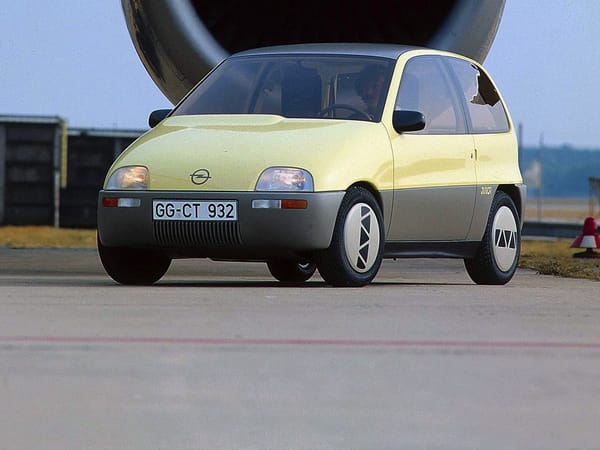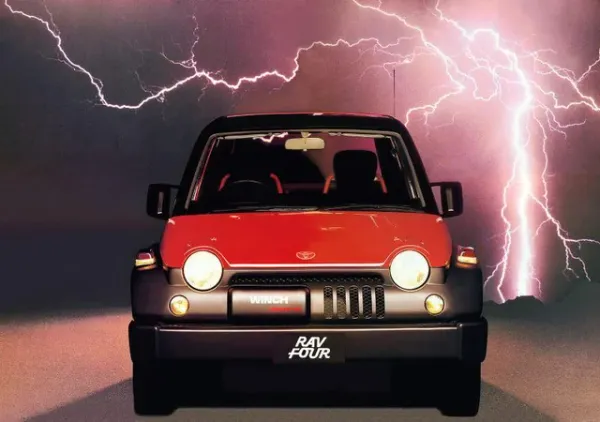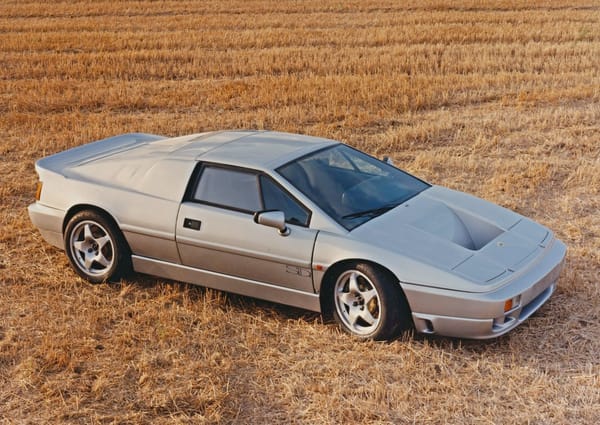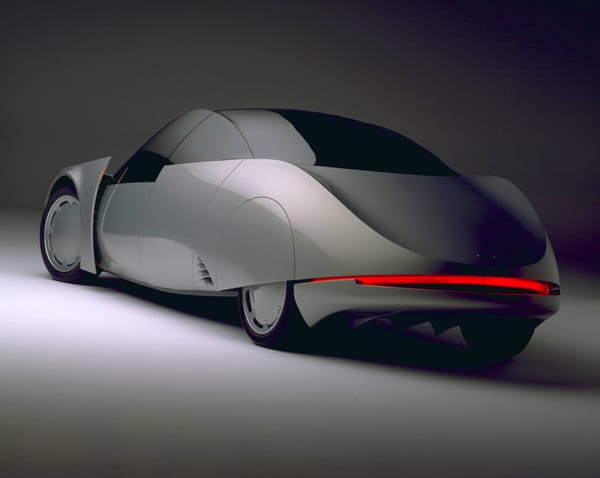Citroën 2CV
Car of the Day #58: Citroën 2CV

You may think I pre-plan emails dozens of days in advance, but no, sometimes I’m right up against it in order to get that little boost of deadline-driven dopamine.
One problem I created for myself is that by focusing on “weird” cars, if I dare bring up a mainstream vehicle that’s been covered endlessly, I run a real risk of you tapping away, back to your content feed of choice.
What if I have an original thought about the Citroën 2CV, though?
In my argument, “transcendence” sticks closely to its traditional definition of that which goes beyond, in this case a car that is capable of going beyond its original form, capability, and intention.
A car that goes beyond its original form, capability, and intention is nothing new — I’ll save you from citing other classics, notably the Volkswagen Beetle, in the comments.
As our vehicles have become more complex, in 2024 the term “car” has grown to include the expectations of five-star crash tests, a surprising number of technological gadgets, an ever-connected software suite, and planned obsolescence in 15 years or less.
Here’s where language fails us: all manufacturers, generations, features, permutations, model ranges, and capabilities fall under that three-word umbrella C-A-R.
AC to Zastava…cars, down to the last lug nut.
In 2024, I say the Citroën 2CV is actually not really a car.
It would not pass safety or emissions standards. It wouldn’t be let into the metropolitan areas of a few major cities owing to its emissions. Up against the world’s worst new vehicles of 2024, it would appear at the bottom of every performance metric, every handling metric, and as a former owner I must point out that while, yes, the 2CV would be the last car left after a nuclear war…it would not hold up to Fisker’s durability tests, let alone Fiat’s.
Today, there are fewer mechanics qualified to work on 2CVs, there are fewer parts suppliers, fewer options for replacement tires, fewer people who know how to drive a manual transmission, and fewer places where other traffic is going slowly enough as to not flatten this tin can.
Down to the fuel it uses, the 2CV is not of our time.
Then: is the original umbrella on wheels, the Citroën 2CV, still a car?
Thankfully, no.
It has been transformed through blood, sweat, and tears — shaped by life itself. We took all versions, all country-specific kits and variations of the 2CV and used them as platforms for living. Sure, for every farmer’s 2CV pickup there is an urbanite renting theirs to film crews, but even then — those are more tool and prop than car.
Below, in late 2022, I posted a well-read thread to Twitter (now X), and I’m pasting it below, slightly out of order. I haven’t tried to send such a long email before, so if it’s truncated, follow the link at the top of the email to read this article online, or read the original thread at X.
I don’t normally ask for comments, but this is a good place to agree, disagree, or to openly discuss what happens when we realize our modern, regulations-defined box of what constitutes a “car” is shrinking each day.
What have we lost as a civilization when a product like the Citroën 2CV is defined by how it was born and not by what it has become?
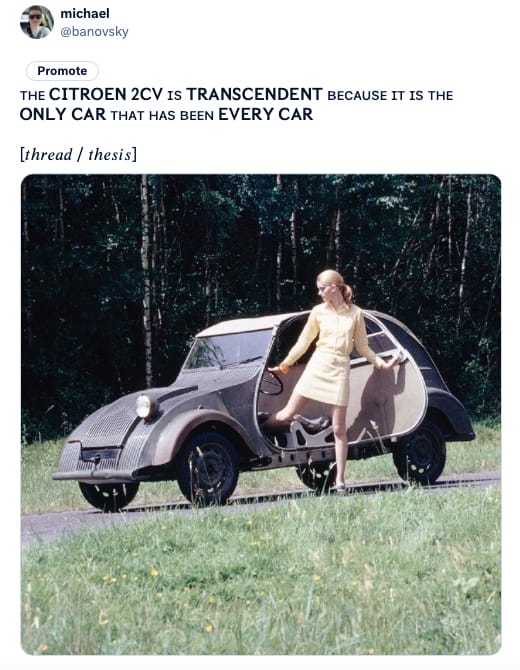

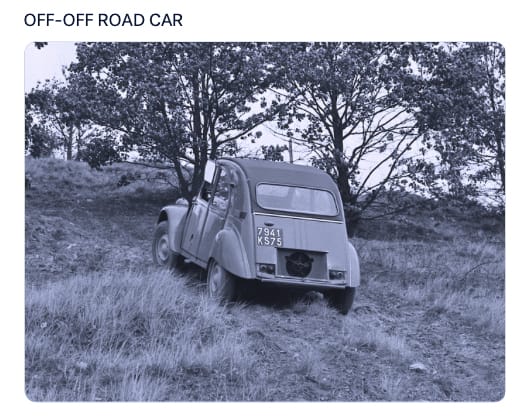




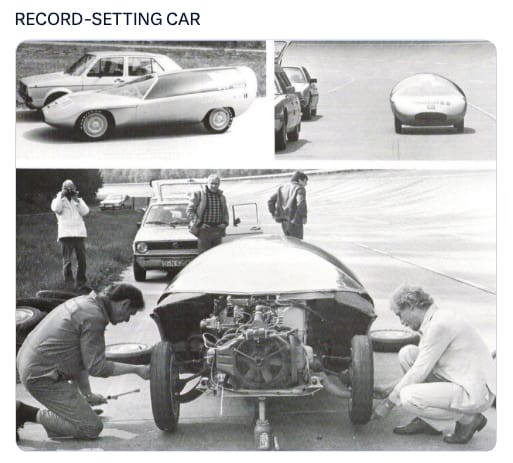
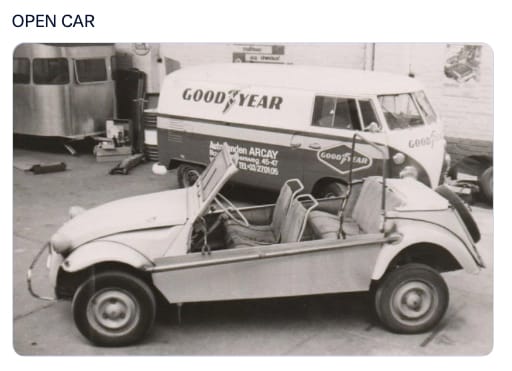

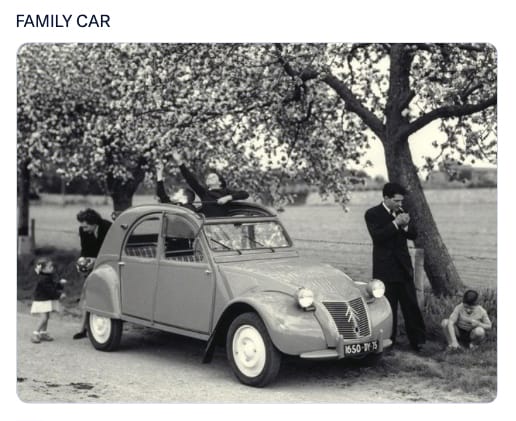
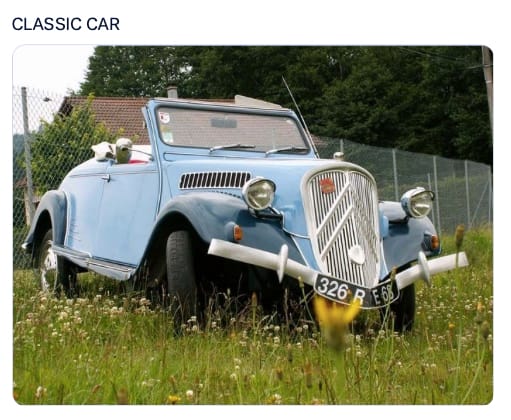
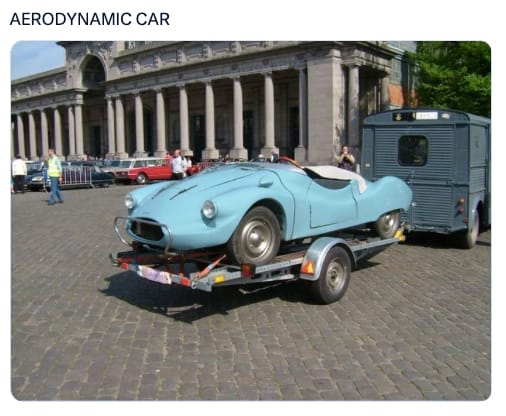
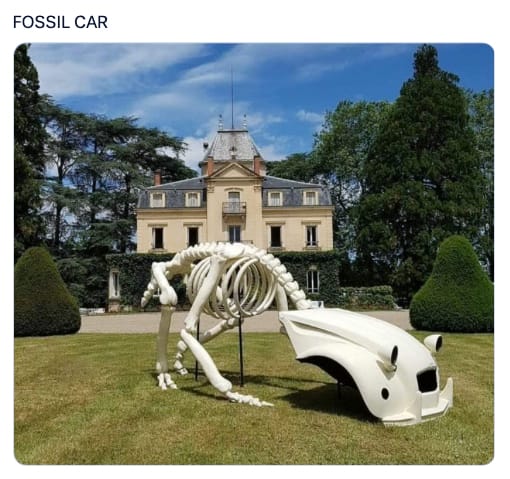
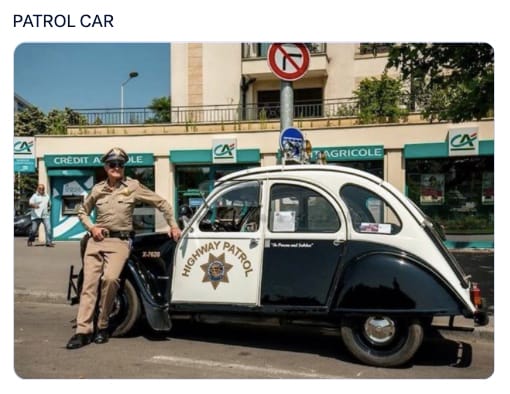
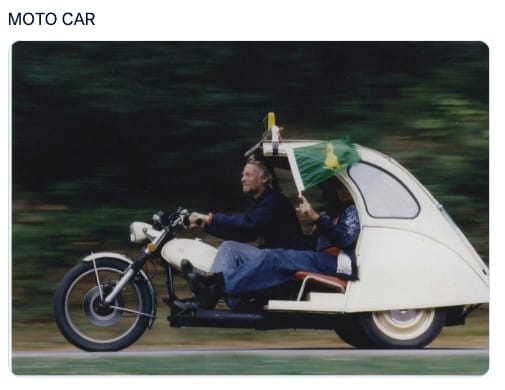
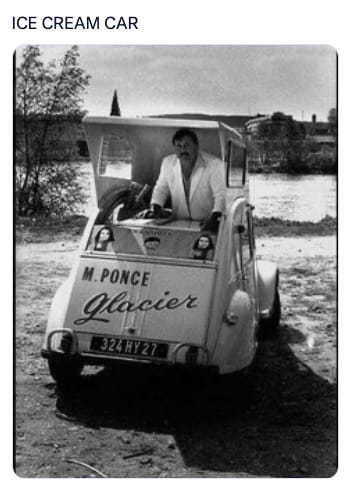

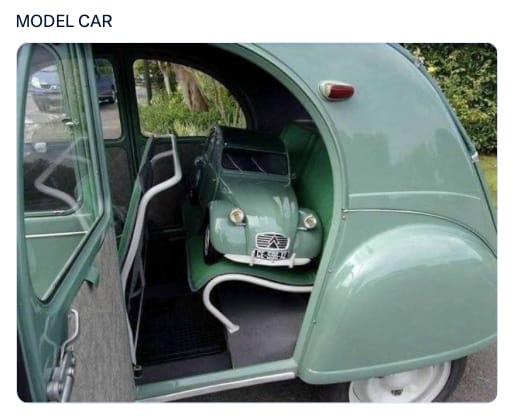

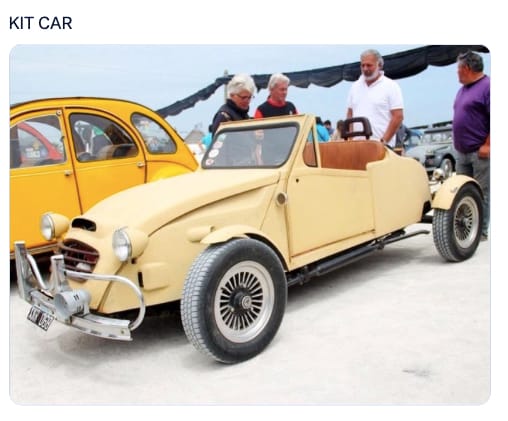


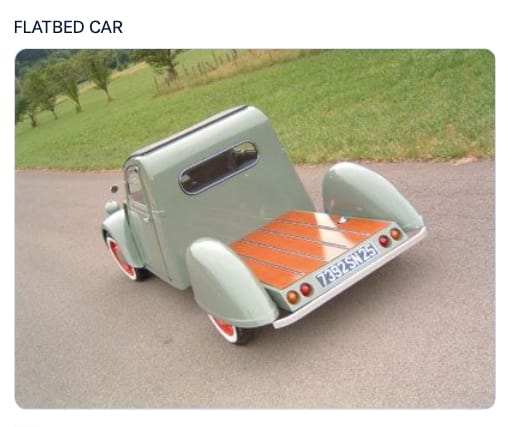

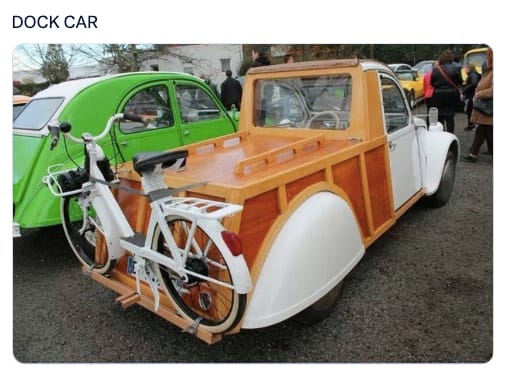


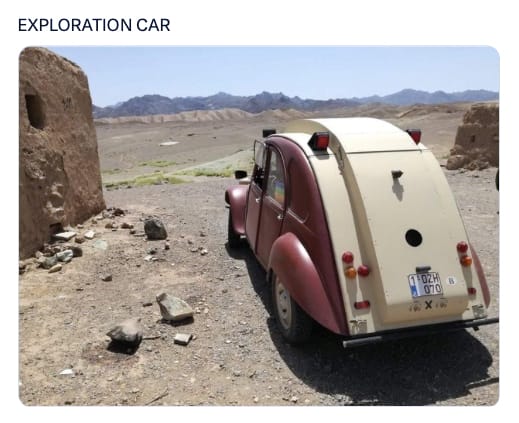
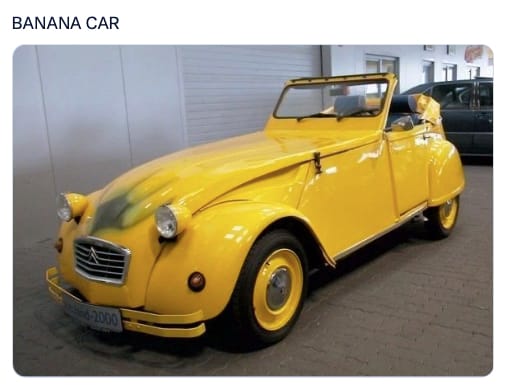
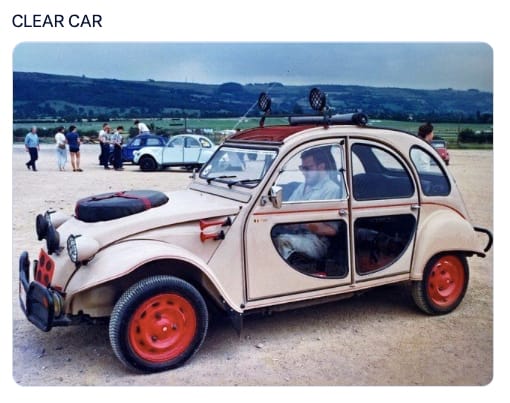
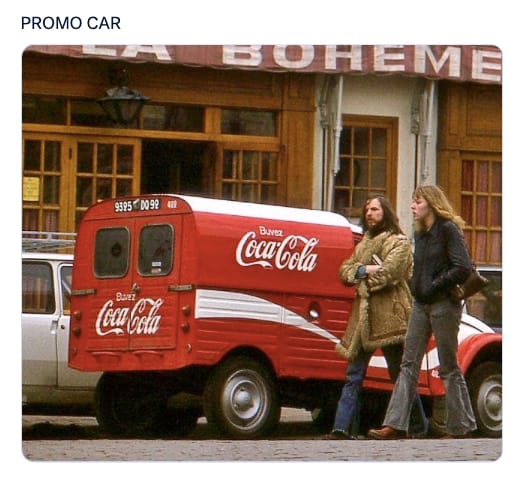
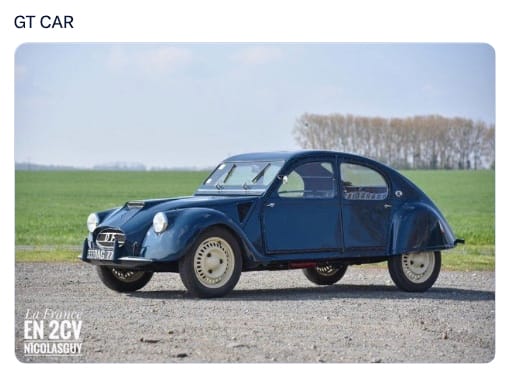
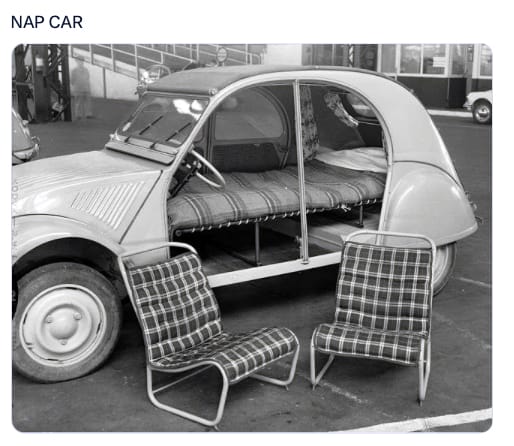

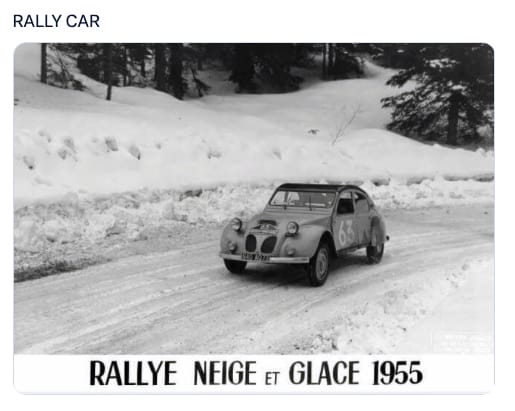
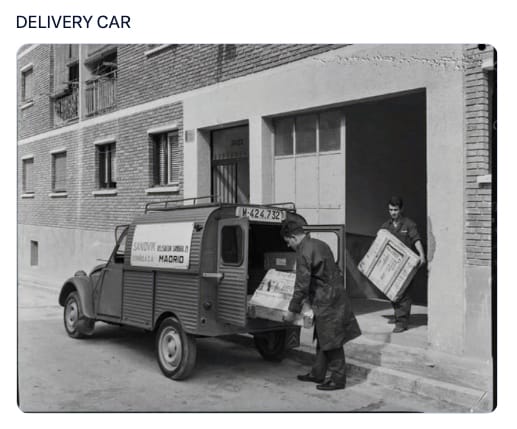
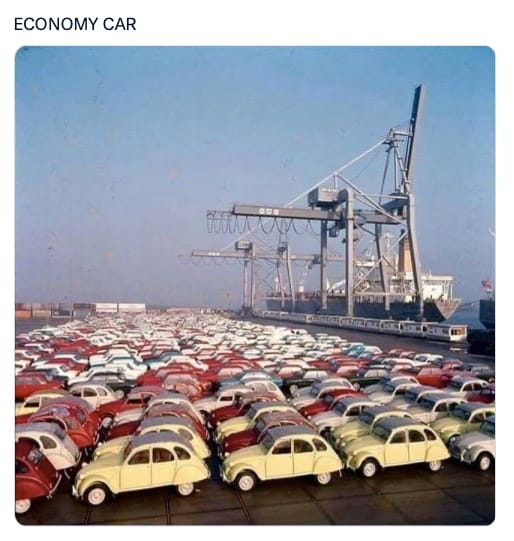
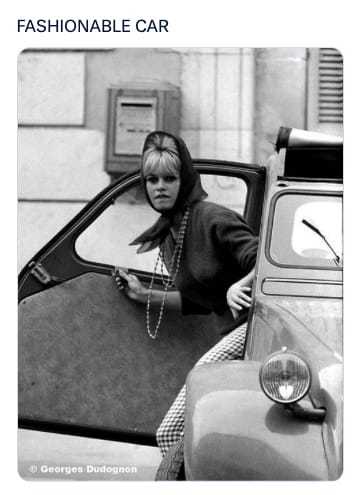
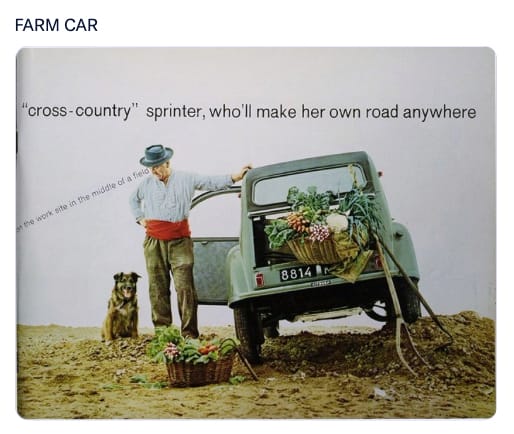
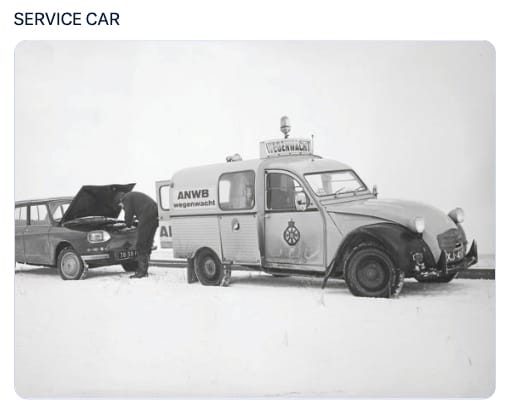

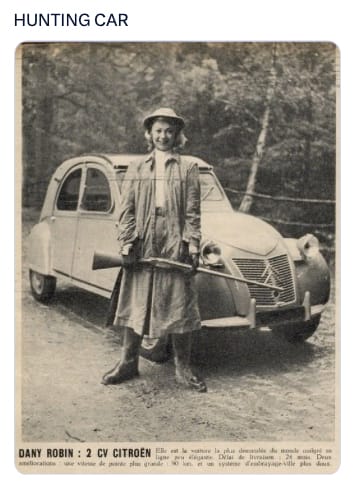
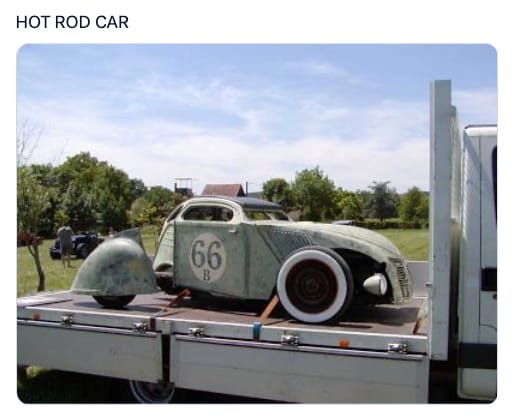
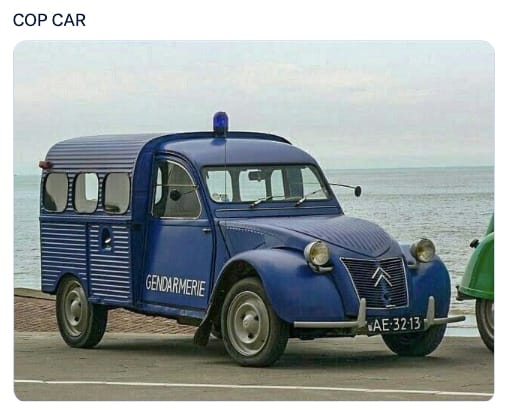


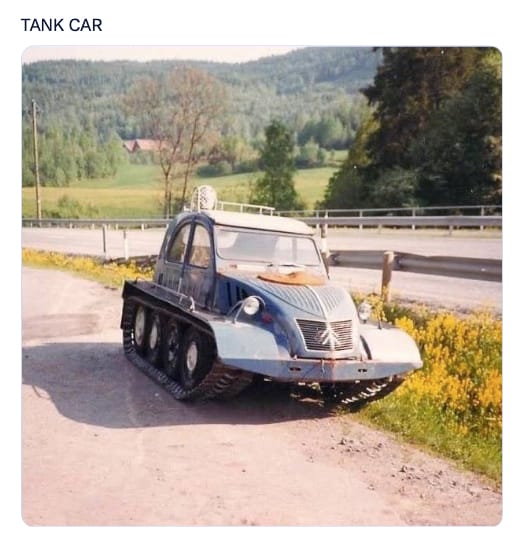
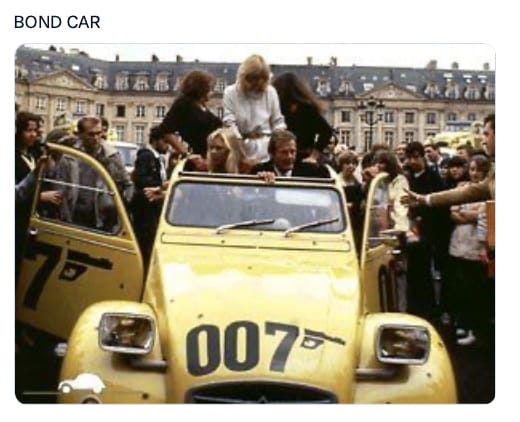
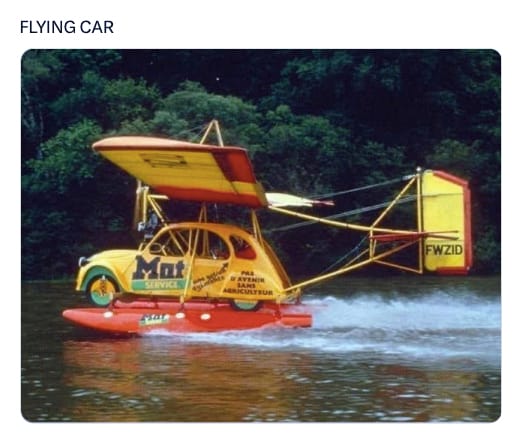






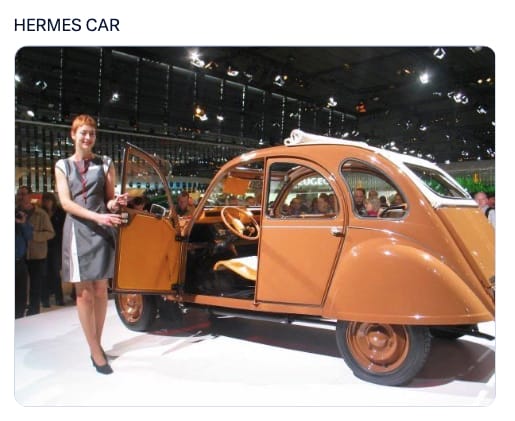
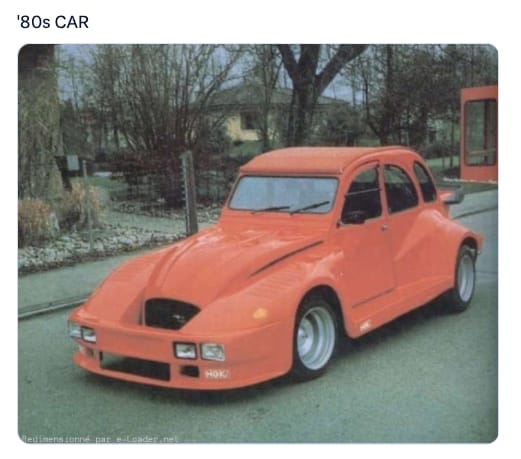

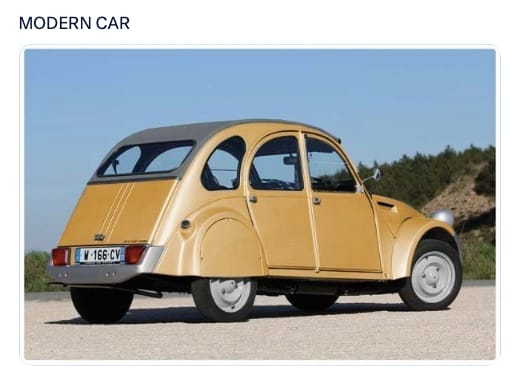

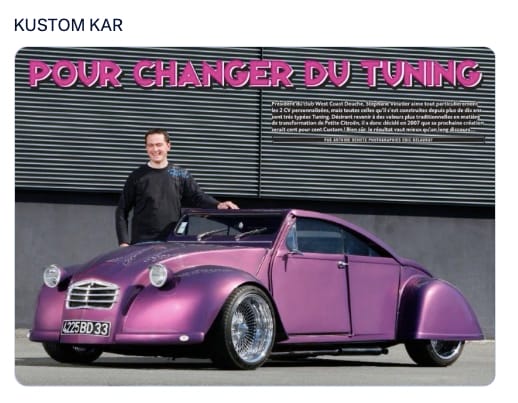

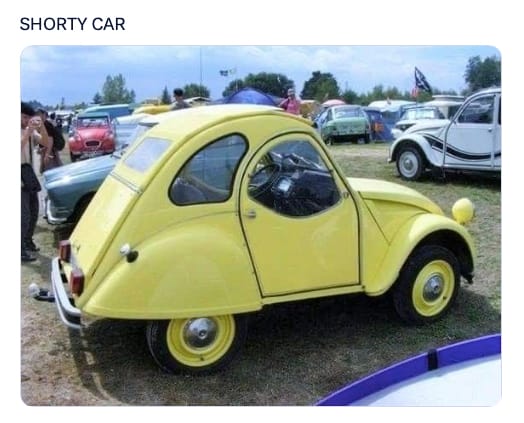
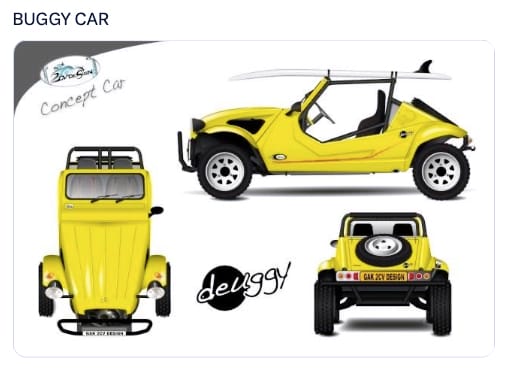
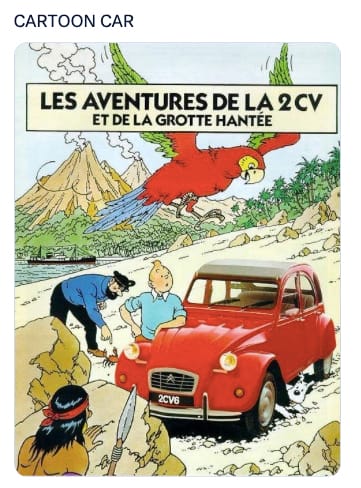
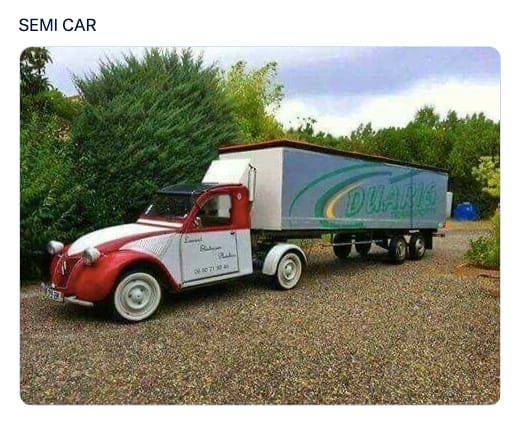
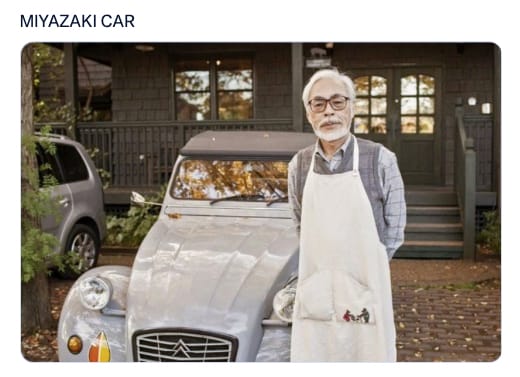


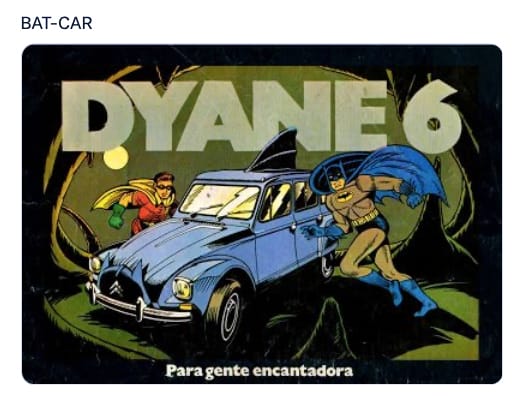
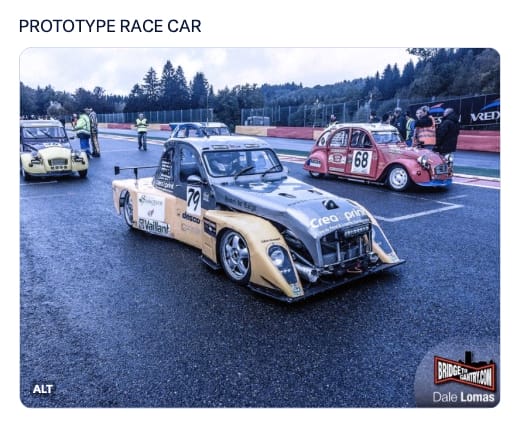

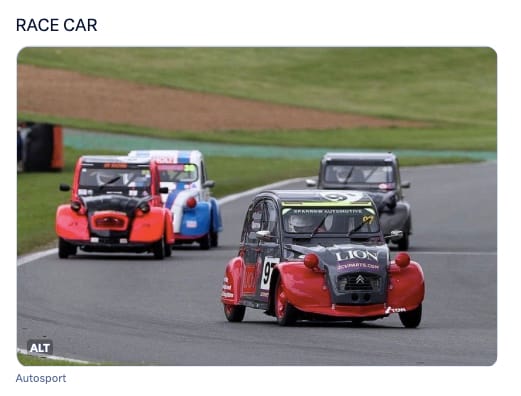
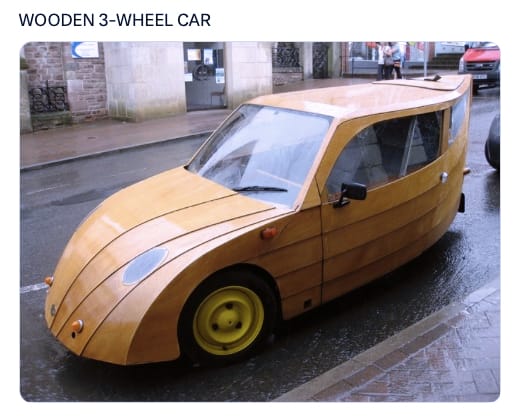

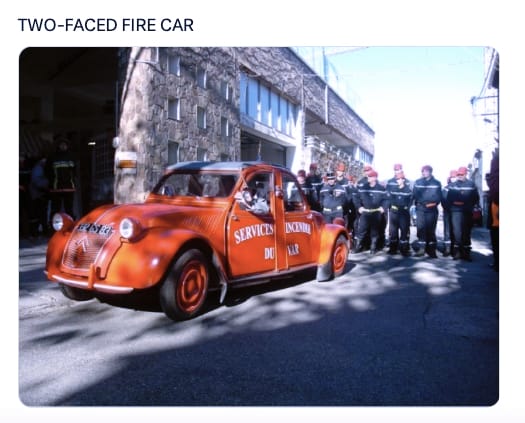
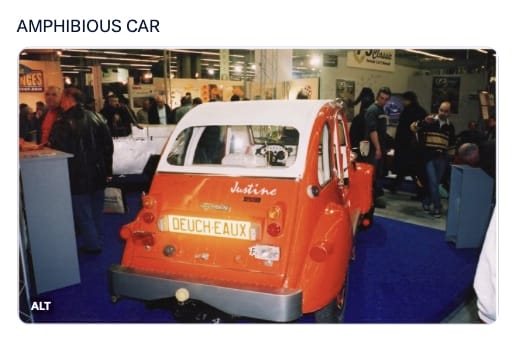

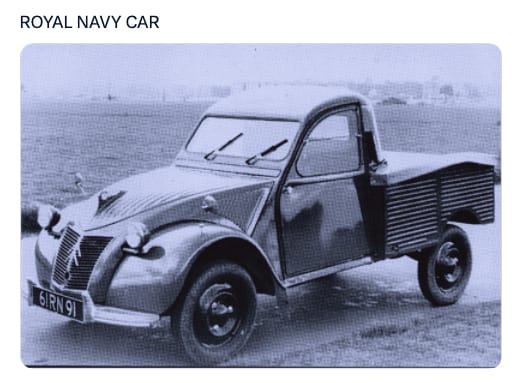
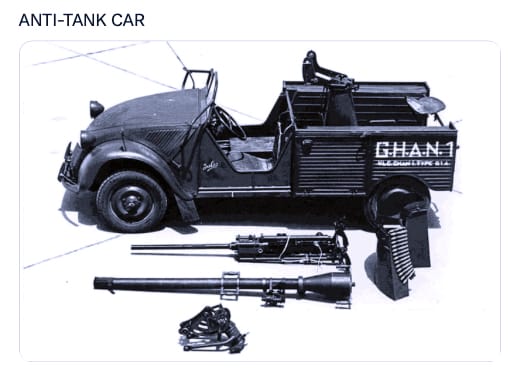
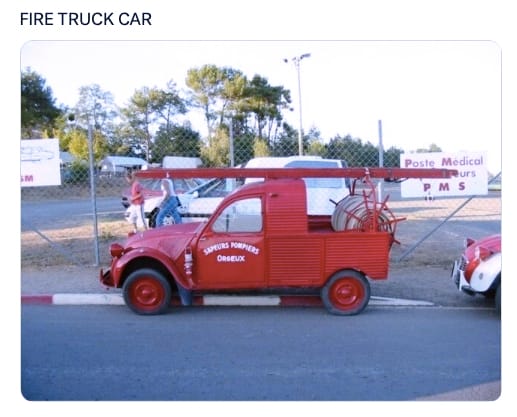

SUPPORTING MEMBERS
Thank you to my supporting members: Ben B., Brad B., Chris G., Daniel G., Damian S., Daniel P., Ingrid P., Karl D., Luis O., Michael J., Michael L., Michelle S., Mike B., Mike L., Mike M., Richard W., Sam L., Wiley H.


